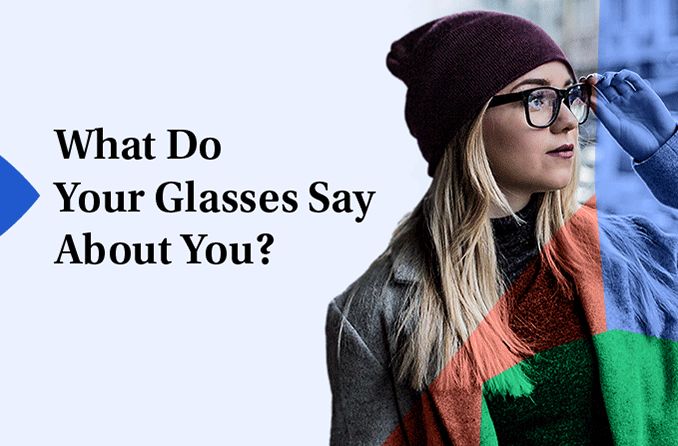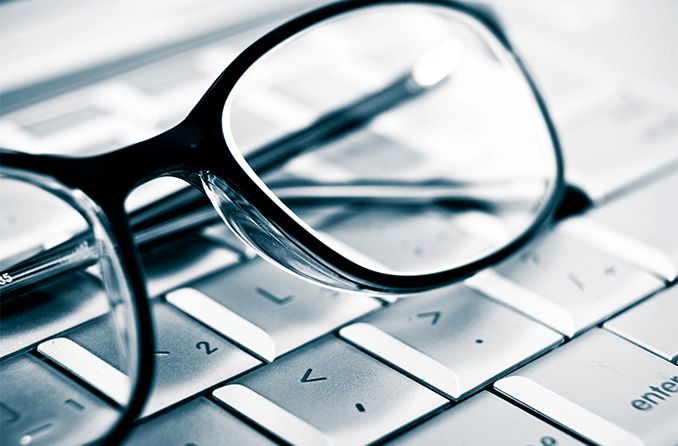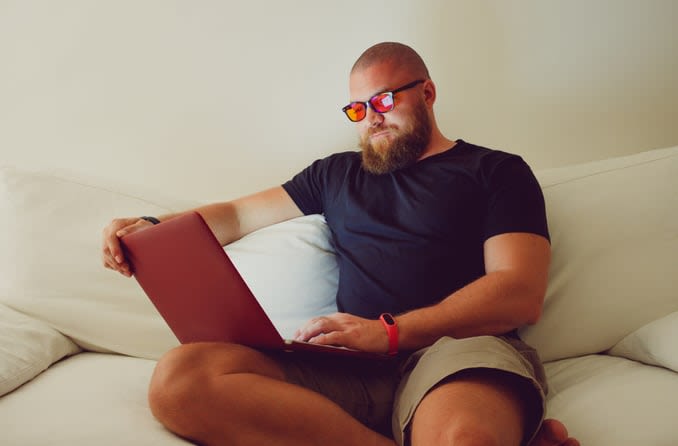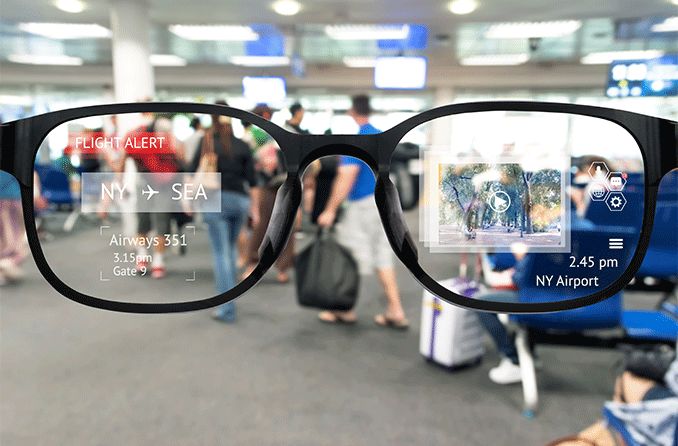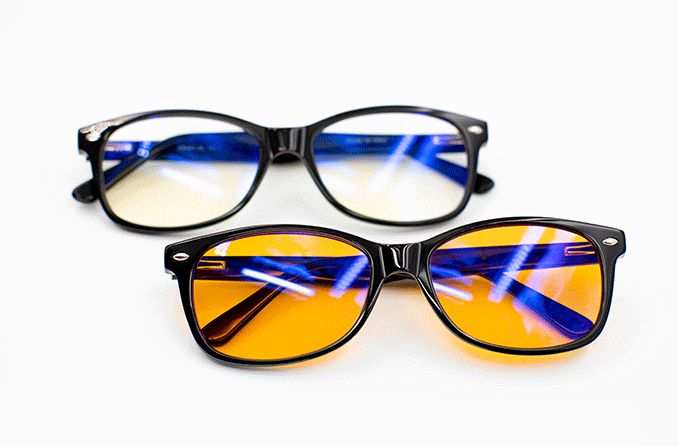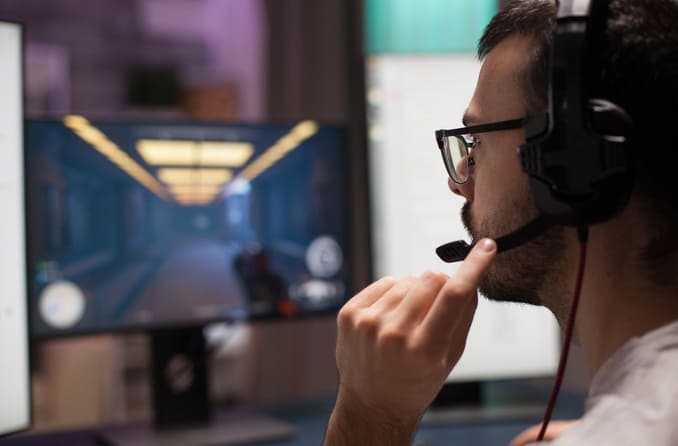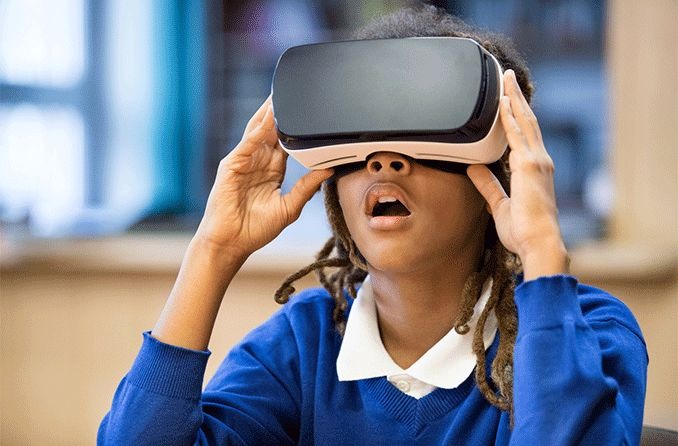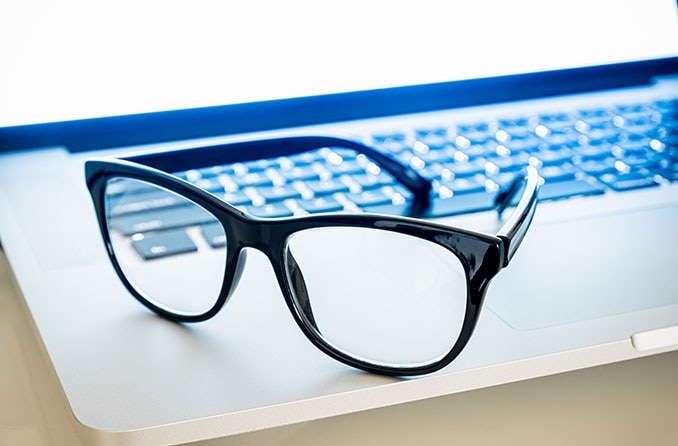As the time we spend in front of screens has increased, so has our exposure to the LED blue light emanating from devices like laptops, tablets and mobile phones.
There’s concern that too much exposure to blue light can have an impact on the eyes. Although electronic devices emit some LED blue light, the main source of blue light (including blue-violet light) is sunlight, even indoors. Even so, blue light glasses that claim to increase visual comfort have rapidly risen in popularity.
Researchers are still determining how much blue light impacts the eyes, particularly LED blue light emanating from digital screens. Because this information isn’t yet conclusive, some marketing claims seem a little suspect, leading many consumers to wonder if blue light filtering glasses really work.
To determine if these glasses are right for you, read on for more information about blue light’s currently known effects and exactly how the best blue light filtering glasses work.
Should I be concerned about blue light?
Blue light is part of the visible light spectrum, with wavelengths ranging from about 400 nanometers (nm) to 500 nm. It can be further separated into blue-violet light (about 400 nm to 455 nm) and blue-turquoise light (about 450-500 nm).
Blue-violet light is higher energy and in the potentially harmful range, and blue-turquoise light is what impacts sleep/wake cycles.
So, whether blue light blocking glasses work depends on what you expect them to accomplish.
Here’s a more in-depth look at some of the claims surrounding blue light filtering glasses.
Digital eye strain
Reports of eyes that are dry, red, irritated and fatigued while using screens are so prevalent, there’s a term for it: digital eye strain. It’s a multilayered problem. When using screens, we tend to blink less, causing dry eyes and eye strain.
Fortunately, some studies have shown improved visual comfort when using blue light filtering glasses.
How blue light impacts your sleep
Blue-turquoise light can have an effect on your circadian rhythm, or your sleep-wake cycle. An LED screen typically emits both blue-violet and blue-turquoise light, although the amount and type of blue light varies by device, manufacturer and settings. Still, the amount of blue light emitted is very small compared to sunlight.
Blue-light glasses that are clear typically filter only blue-violet light, not blue-turquoise light, so these glasses will not have an effect on the sleep-wake cycle. A darker orange or amber tint is required to filter some blue-turquoise light. This is why it is important to remember that not all products that claim to filter blue light will filter blue-violet light or blue-turquoise light.
Even though experts recommend putting down your phone two to three hours before bedtime, many Americans don’t. According to the National Institute of Health, 90% of Americans spend at least a few nights per week on electronics within an hour of bedtime.
The effect of blue light on your eyes
Some blue light studies have shown an effect on retinal cells, but because they were conducted on animals or cells in a petri dish, these studies did not mimic the natural conditions of blue light exposure to a live human eye. They also did not use blue light from digital screens, according to the American Association of Ophthalmologists.
Any impact on a human retina by high-energy light like blue light is thought to be cumulative. Prolonged exposure to ultraviolet light is known to cause harm to skin and eyes — but we don’t yet know how similarly prolonged exposure to blue light may affect us.
What is blue light, anyway?
Blue light isn’t confined just to screens — it’s all around us. The main source of blue light is sunlight, both indoors and outdoors. Blue light is also found in much smaller amounts in traditional fluorescent lights, compact fluorescent light bulbs and LED lights.
And, not all blue light is bad. The sun’s blue light in the blue-turquoise range gives us energy, helps us stay alert during the day, aids in memory and cognitive function and elevates mood.
On the spectrum of visible light, each color of light has a particular wavelength — it’s what makes red look red and blue look blue. The wavelengths range from 380 nanometers (nm) on the blue end of the spectrum to about 700 nm on the red end. The smaller the number, the shorter the wavelength, Shorter wavelengths have higher energy and therefore more potential for damage.
Blue light itself ranges from 380 to 500 nm. Sometimes, blue light is further broken down into blue-violet light (380 to 450 nm) and blue-turquoise light (roughly 450 to 500 nm). Researchers from the National Institute of Health claim that blue-violet light can impact the eyes most at around 440 nm.
How do blue light filtering glasses work?
Blue light glasses have specially crafted lenses that filter a certain amount of blue-violet light. The amount and wavelength of blue-violet light that is filtered varies among glasses. When you consider purchasing blue light filtering glasses or coatings on prescription glasses, it’s essential to understand how much and what kind of blue light your glasses are supposed to filter.
There are clear and amber-tinted lenses available. The clear lenses filter only a portion of the blue light spectrum (about 400 to 440 nm), typically around 20% to 40%. However, since these shorter wavelengths have higher energy, that may be all you need.
Amber blue light glasses filter more blue light, from about 400 to 480 nm. Some filter a higher amount of blue light, but the dark amber tint may significantly affect your color vision.
Clear blue light filtering glasses are often more cosmetically appealing, but the right glasses for you will vary depending on your situation.
If you experience digital eye strain and associated symptoms like eye fatigue, burning or itching eyes, blurred vision, headaches, back and shoulder aches, consider wearing computer glasses with an intermediate distance prescription to increase your visual comfort.
How to test blue light filtering lenses
You may want to check your blue light filtering glasses using an at-home test. Most of the tests you’ll find on the internet are designed for lenses that filter nearly 100% of blue light. These tests are simply not sensitive enough to determine the effectiveness of most clear blue light filtering lenses.
If you have top-rated blue light filtering glasses, or a blue light filtering coating on your prescription glasses, don’t be surprised if your glasses fail these tests. Failure does not mean they are not effectively filtering the blue light wavelengths they were designed to filter.
The only way to accurately test blue light glasses is with a visible spectrometer, a pricey device that wouldn’t even typically be found in an eye doctor’s office.
That’s why it’s so important to pay attention to the kind of blue light your glasses filter when you purchase them. Because they’re filtering the higher-energy wavelengths, clear or nearly clear glasses that filter the blue-violet range of blue light (380 to 450 nm) can be almost as effective as glasses that filter a larger percentage of blue light.
Blue light filtering computer and reading glasses
If you are in the market for blue light filtering glasses, you can find plenty of options that are also either computer or reading glasses. The blue light filtering version of these glasses can improve how you see or read a screen and provide the benefits of blue light filtering coatings.
Blue light filtering computer glasses
Computer glasses are designed for wearers to clearly and comfortably see a computer screen, which typically stands between 20 and 26 inches away from the face. This distance is generally considered “intermediate vision,” tending to fall between the ranges corrective prescription glasses use to correct near or distance vision.
Either off-the-shelf or prescription computer glasses can significantly improve digital eye strain symptoms and reduce blurred vision when looking at a computer screen. Because these glasses are designed for use with a computer, it may increase comfort if they also filter blue light. You can ask your eye doctor to explain your options when ordering a pair of computer glasses.
Blue light filtering reading glasses
Reading glasses or “readers” are designed to help people who spend a lot of time reading on a computer, tablet or e-reader. They offer the magnification that people are looking for in reading glasses, coupled with blue-violet light filtering abilities.
Typically, they also have anti-glare coatings to reduce glare further and make it easier to read.
Blue light filtering prescription glasses
A blue light filtering coating added to your prescription glasses can provide a similar benefit. If you already use glasses when looking at your computer screen, you can ask your eye doctor to add this coating, which is similar to an anti-glare or anti-reflective coating.
Blue light filtering glasses for kids
Just like adults, kids and teenagers are using screens more than in the past, both at home and at school. In many cases, they use screens even more than adults.
Kids will spend more of their lives looking at screens than any generation before them. Kids’ blue light filtering glasses, known commonly as “blue light blocking” glasses, can help them just as much as, if not more than, adults.
If your child already wears glasses, adding a blue light filtering coating may help improve their visual comfort.
If your child doesn’t wear glasses, they may enjoy picking out and wearing stylish kids’ blue light filtering glasses. But if your child doesn’t like wearing glasses, you can try blue light screen filters that fit over monitors, phones or tablets.
The best blue light filtering glasses for you
While there is still mixed data on the effects of blue light, blue light filtering glasses may provide some level of symptom relief and increase your level of comfort while looking at a screen.
If you are experiencing digital eye strain symptoms, consider taking more frequent breaks from your screen, using artificial tears and reducing your screen’s brightness in addition to wearing computer glasses.
Before buying good blue light filtering glasses, consider how much time you spend on screens, what you do while using screens (working, gaming, reading, watching movies), and what you are hoping to achieve by wearing blue light filtering glasses. This will help you decide what type of glasses you want and the level of protection you desire.
READ NEXT: 5 ways to reduce computer eye strain

